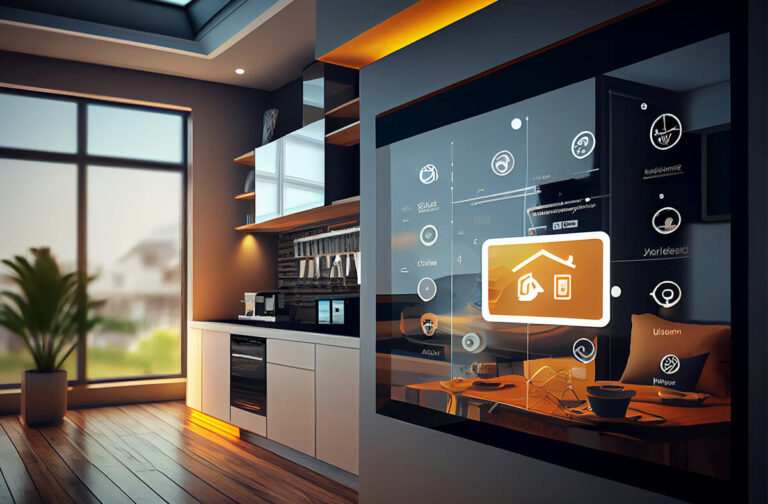Mixed-use developments have become a popular term in the real estate domain over the years. In fact, they are among the fastest-growing areas of real estate development. As per Joe Cianciotto, mixed-use developments typically combine multiple applications together into a single project. `This can range from a small office space or retail store spaces at the base of apartment towers, to planned developments that incorporate everything from single family homes and offices to grocery stores, restaurants and shopping complexes.
Joe Cianciotto highlights some of the elements of mixed-use developments
Mixed-use developments are transforming urban landscapes. They provide a combination of residential, commercial and recreational spaces within a single project. Such projects are designed to promote a cohesive community experience with the integration of multiple elements of urban living.
Here are some of the mixed-use developments:
- A high-rise building that has a café and retail shops on the ground floor, offices on the middle floors and residential apartments right at the top.
- A suburban development that features housing units, a shopping complex as well as green spaces for recreation.
Mixed-use developments go a long way in enhancing convenience and connectivity for residents, businesses and visitors. Here are some of the key elements of such projects:
- Diverse land uses: At the very core of mixed-use development is the combination of multiple functions like offices, retail, housing, entertainment, and public spaces. This variety of spaces promotes improved convenience, as people are able to live, work, shop, and socialize within the same area. This lowers the need for long commutes and encourages a more sustainable lifestyle.
- Walkability and connectivity: The focus on pedestrian-friendly environments is an important characteristic of mixed-use developments. The layout of these projects ideally encourages cycling and walking by providing easy access between different uses. Their streetscapes tend to be designed to prioritize pedestrians, and hence, usually have bike lanes, well-placed crosswalks, wide sidewalks, as well as traffic-control measures. All these features contribute to the creation of a safer and more inviting urban experience.
- Public spaces: Thoughtfully designed public spaces like courtyards, plazas and parks are often a part of mixed-use developments, and significantly help foster a sense of community and engagement. These areas can serve as gathering points for both residents and visitors, and help strengthen the social fabric of the neighbourhood.
- Density and vertical integration: Having residential units located above commercial spaces or offices, mixed-use developments usually feature higher-density designs. This vertical integration helps optimize land use, and can make the development more efficient, while maximizing available space in urban areas.
- Sustainability: Mixed-use developments play an important role in promoting environmental sustainability. They encourage public transit use, reduce dependence on cars, and often integrate green building practices like energy-efficient construction and renewable energy sources.
As per Joe Cianciotto, when planned in an efficient manner, mixed-use developments allow for the creation of dynamic, sustainable communities that cater to diverse needs while also fostering social interaction and economic growth. They provide opportunities to experience the varied amenities of the urban environment in a single project.

